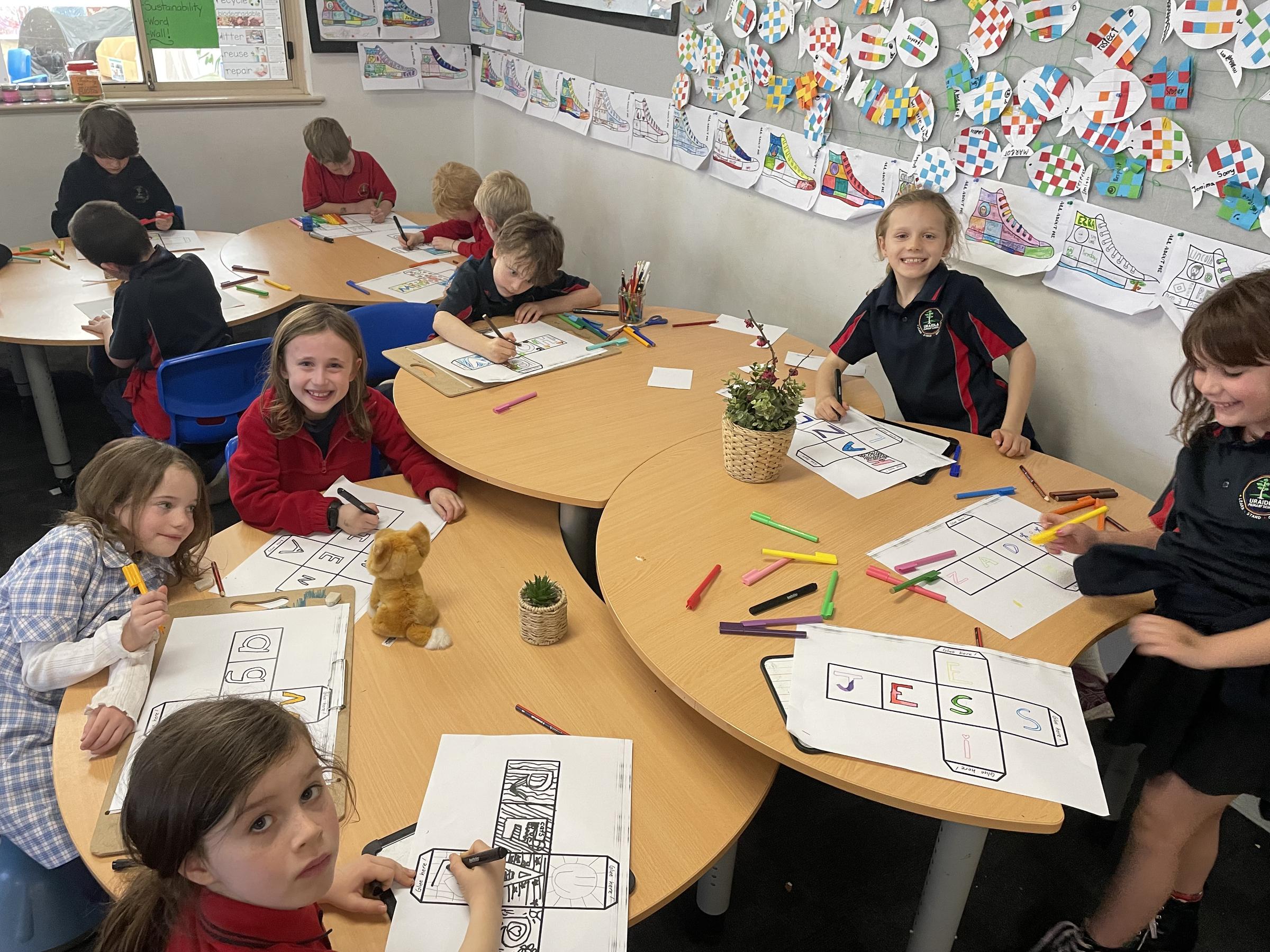Troy's Learning News

The importance of handwriting and keyboarding skills in education cannot be overstated. Both are integral to a student's development and future success.
Handwriting
- Early Development: Handwriting is crucial in the early years of education. It helps students learn proper letter formation, which is essential for reducing cognitive load and improving writing fluency.
- Curriculum Integration: In South Australia, handwriting is part of the curriculum across all year levels, focusing on forming both lower-case and upper-case letters correctly.
- Phoneme-Grapheme Link: Handwriting supports the connection between sounds (phonemes) and letters (graphemes), aiding in spelling and writing skills.
- Debate on Importance: While there is some debate about the emphasis on handwriting, research suggests that writing remains a critical skill, potentially even more important than reading in some contexts.
Keyboarding
- Workforce Relevance: Approximately 75% of jobs today require proficient keyboarding skills, highlighting its importance in the modern workforce.
- Technological Integration: As students progress, technology becomes more prevalent in education. Efficient keyboarding skills enable students to express their ideas more quickly and effectively.
- Standardised Testing: Many assessments, such as NAPLAN, now utilise technology, making keyboarding skills essential for capturing students' learning accurately.
Uraidla Primary School's Approach
- Early Introduction: At Uraidla, keyboarding skills are introduced from Year 2, with explicit instruction on using a keyboard properly.
- Balanced Skill Development: The school recognises the importance of developing both handwriting and keyboarding skills to equip students for diverse future paths.
By fostering both handwriting and keyboarding abilities, students are better prepared to navigate the demands of modern education and the workforce.
